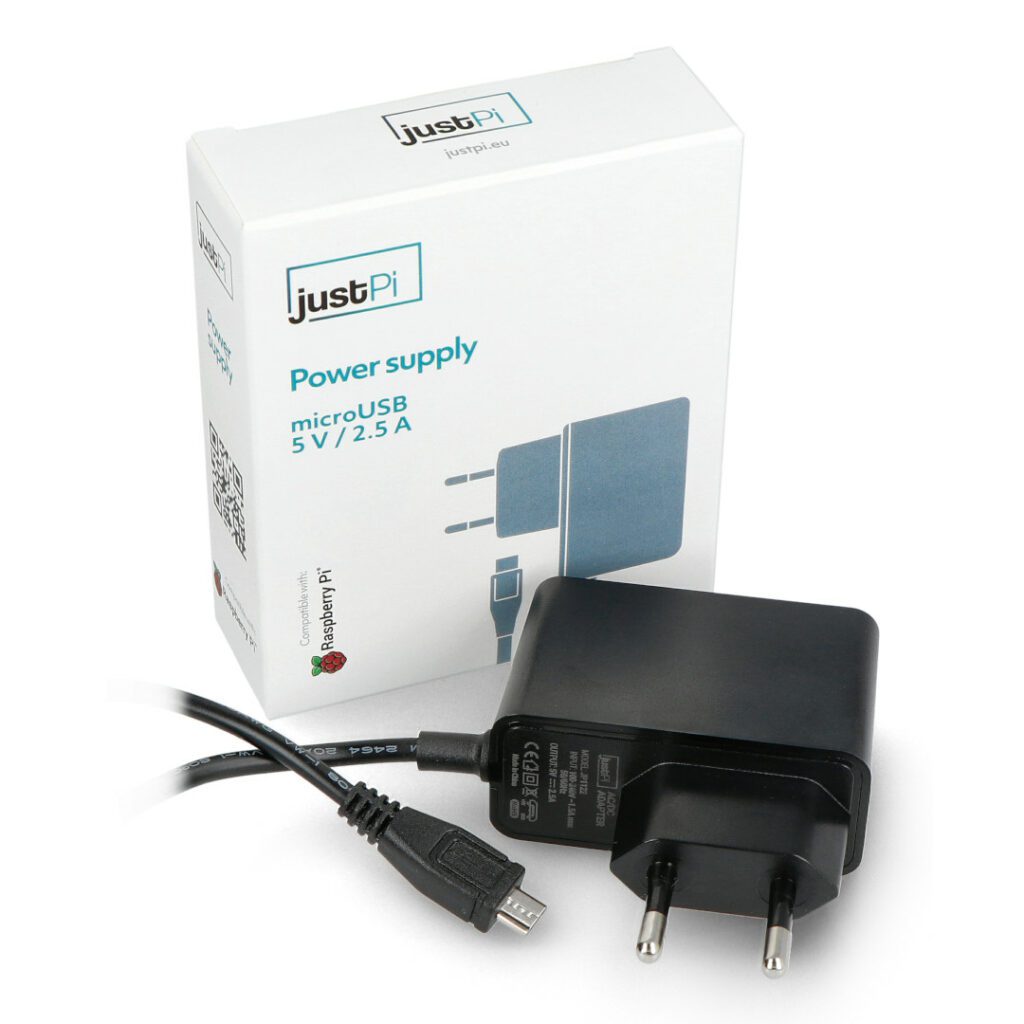Before we get into the difference between
power supply
regulated and unregulated, let’s start by understanding what exactly is meant by the term “power supply,” or power source. In a general sense, it is any device that provides energy (power) to an electrical circuit. Taking this into account
batteries
are power supplies for flashlights, and power plants are power supplies for the electric grid. Rather simple. However, when we usually talk about power supplies, we mean something completely different. We use the word “power supply” to indicate a circuit or device that adapts the available power to the specific needs of a single device or set of similar devices. In most non-industrial applications, the available power or input power is AC and the output power is DC. So the power supply is supposed to draw from an electrical outlet and convert from AC to DC. Is every power supply built and designed the same? The answer, of course, is no.
Power supplies
stabilized have
voltage regulators
on the output. This means that the regulator is designed to ensure that the output voltage always remains at the rated value of the power supply – regardless of the current drawn by the device. Any change in input voltage will not affect the output voltage just because of the regulators. This works as long as the device does not draw more than the rated output current of the power supply. Simply put, a regulated power supply provides a constant output voltage regardless of the output current. In addition, a regulated power supply with multiple regulators can offer multiple output voltages to support different devices. Why should you bet on them? Regulated power supplies maintain voltage at the desired level and are ideal for almost all types of electronic devices because of their smooth, constant voltage delivery. In terms of power, a mismatch can risk far more severe consequences than the wrong outfit for the circumstances.
Improper power supply and damage
Voltage fluctuations can cause equipment to exceed voltage limits, which can lead to damage. Some devices are very sensitive to voltage spikes. Too low a voltage, on the other hand, is often associated not only with immediate damage, but also shortening the life of equipment, so to speak, masked for the untrained diagnostician.
We’re talking about electronics failure leading to data loss, the need for costly repairs or replacement, or the risk of overheating that can lead to fire in extreme cases. Other potential problems are context-dependent – let us take the example of failures of alarm systems or industrial automation, during which power surges can lead to really serious consequences.
In 1965, a surge in New York City’s power system caused a transformer at a power plant to explode, leading to a massive blackout. More than 30 million people were left without electricity for several hours.
A slightly more recent story is 2003 and the power transmission failure in the US and Canada, when more than 50 million people were left without electricity for several days.
One factor in this failure was a voltage drop. It still happens – though fortunately it is becoming less frequent – that voltage drops lead to damage to electronic medical devices such as ventilators and defibrillators. It is not difficult to imagine then the dire consequences for patients, especially those on life support systems.
We will forgive the enumeration of ghastly examples regarding the increase in tension and leave only this mention here: Fukushima, earthquake, tsunami, 2011. All these examples show how important it is to maintain voltage stability in electrical systems, especially where fluctuation-sensitive electronic equipment is used, and how powerful the consequences of not having adequate protection against voltage fluctuations can be. No one wants similar problems in a home workshop, right?
Regulated or unregulated power supply?
At the outset, no surprises – the choice depends on your needs. We know you hate it when we write like this, because it’s like saying nothing, so here are some specifics. Unregulated power supplies are certainly cheaper, but they can only deliver as much power as the available input power. If you’re powering equipment with sensitive electronics using an unregulated power supply, trouble is brewing in the face of changes in load and input voltage. Yes, you can use an unregulated power supply, but it should be closely matched to the voltage and current requirements of the device.
If you are looking for a power supply that can offer multiple DC output voltages, a single regulated power supply with multiple outputs will be a better option than multiple power supplies with single outputs. In addition, if the device you are using is sensitive, it is worth choosing a regulated power supply, which gives greater assurance that the device is receiving the right amount of voltage regardless of the input.
In places and industries such as laboratories, the electronics industry and measurement equipment are actually a must-have standard. If, on the other hand, voltage precision is not crucial, for example, in power supplies for household appliances such as cell phone chargers or consumer electronics, then you can freely and in good conscience bet on an unregulated power supply. The undoubted advantage in this case is the mentioned lower price. If, after reading, you’re wondering what’s behind the lack of regulation, which somehow hasn’t been withdrawn yet, it’s mass production, simplicity, low price and often sufficiency as chargers, which, after all, almost everyone uses.
How useful was this post?
Click on a star to rate it!
Average rating 0 / 5. Vote count: 0
No votes so far! Be the first to rate this post.




















